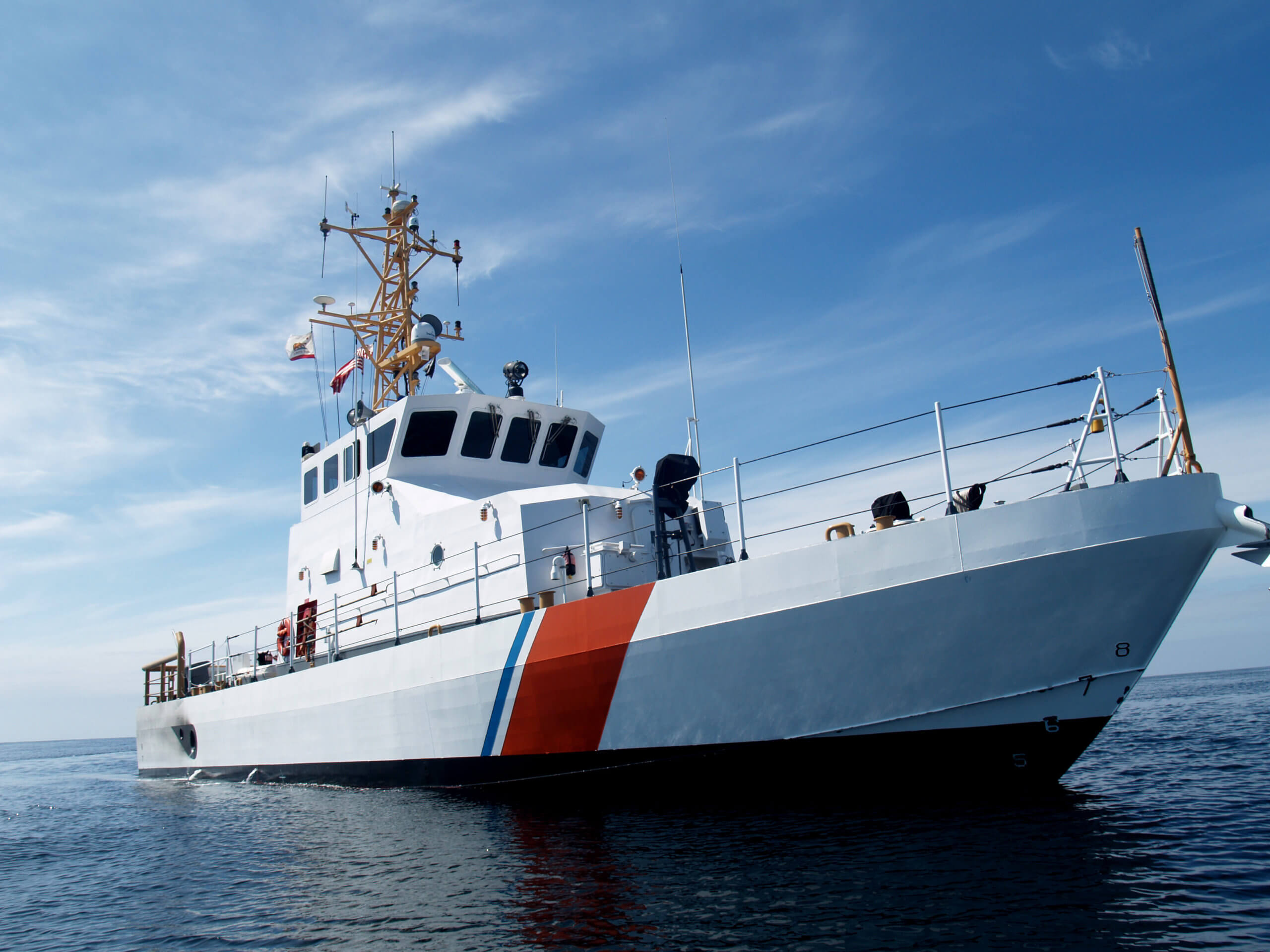Preventing A Collision At Sea

It has been over 14 years since we approached the “COLREGs” in a systematic way, from stem to stern. This column (re)starts that.
Every boater has (hopefully) heard of the rule of “red, right, return” meaning to keep the red buoys on your right when returning from sea. What many don’t realize is that this old chestnut is one of many that represent the embedded knowledge of centuries of seafaring known formally as the “International Regulations for the Prevention of Collision at Sea” and the largely parallel United States Inland Rules.
Sometimes referred to by the old salts as the “COLREGS” or simply “The Rules,” it has been estimated that less than 10 percent of today’s boaters are familiar with them. And the International Maritime Organization, a global governing body, estimates that 80 percent of all collisions at sea are due to “pilot error.” So, this column begins anew a series of articles on The Rules that have one simple goal: Safety of life at sea.
Overview
First, back in the day, vessels were designated as “privileged” and “burdened.” The privileged boat would hold her course and speed and the burdened boat would take “early and substantial” action to avoid the collision. What the Coast Guard noticed through court cases though was that skippers involved in collisions would claim that they had “the right of way” or that they had “privileges.” This implied something that doesn’t exist in The Rules — that you have no affirmative obligation to avoid a collision at sea, no matter how much “in the right” you are.
So, The Rules were changed to remove this unintended subtlety. Just about every reference to the term “right of way” was removed from The Rules and the terms “privileged” and “burdened” were changed to “stand-on” and “give-way,” respectively. Their courses of action were retained — the stand-on vessel would hold her course and speed and the give-way vessel would take early and substantial action to avoid a collision — plus one caveat. Under Rule 17(b), if the closing conditions between the two* vessels have deteriorated to the point that action by the give-way vessel solely can no longer avoid a collision at sea, the stand-on vessel is “required” to take the best action it can to avoid the collision. Rule 2 also clearly states that a skipper “may make a departure from these Rules necessary to avoid immediate danger.”
Secondly, unlike in the U.S. Court system. where everyone is innocent until proven guilty, all parties in front of an admiralty board or a court of inquiry is guilty. The board will simply apportion blame and it will never be 100-0. So, even if a guy plows directly into you, see 17(b) above.
Third, there are only three conditions of vessels meeting on the waters: head-on, crossing, or overtaking situations. The Rules govern how the skippers are to interact with each other through helm control and sound (or radio) signals.
In that this column is the first in a series, I will give you some quick rules of thumb** now and come back to you with more in-depth information in the weeks ahead.
Rule 13 – Overtaking
Bottom line, if you are overtaking another vessel, you are the give-way vessel. You cannot turn it into a stand-on crossing situation by speeding ahead and then cutting across the over-taken vessel’s starboard bow.
Rule 14 – Head On
If you see a boat steaming towards you in a head-on situation, “both” captains are required to turn to starboard (showing their red port-side light) and return to their respective compass headings once an appropriate passing lane has been established between them. Under the Rules, they are “both” give-way vessels.
Rule 15 – Crossing
OK, I will use the term. If another boat is crossing your bow from your right-hand (starboard) side, she has the “right of way.” Turn to starboard and go behind her (called “going under her stern”). If you can’t, stop your boat until she passes.
Here lies the body of Michael O’Day
Who died maintaining his Right of Way.
He was right, dead right, as he sailed along,
But he’s just as dead as if he’d been wrong.
More to follow in the weeks ahead.
If interested in being part of United States Coast Guard, email me at JoinUSCGAux@aol.com or visit www.join.cgaux.org.
* All the Rules apply to only those conditions where two boats, and two boats only, are involved. When more than two boats are involved in a potential collision, “common sense must prevail.”
** The term “rule of thumb” came from days when a sailing captain would never draw closer to shore than the width of his thumb on the chart.



